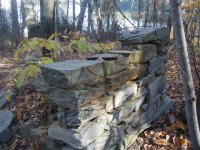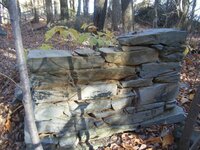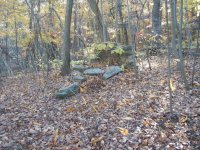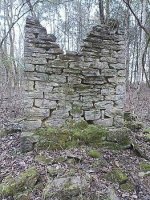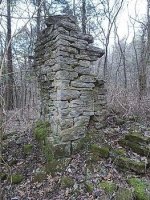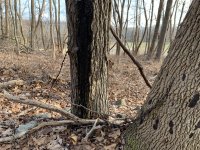piratemap7
Jr. Member
- Nov 29, 2020
- 50
- 13
- Primary Interest:
- Cache Hunting
They used mud for mortar.
View attachment 1895710
View attachment 1895711
View attachment 1895721
View attachment 1895724
View attachment 1895726
View attachment 1895710
View attachment 1895711
View attachment 1895721
View attachment 1895724
View attachment 1895726
Last edited:


